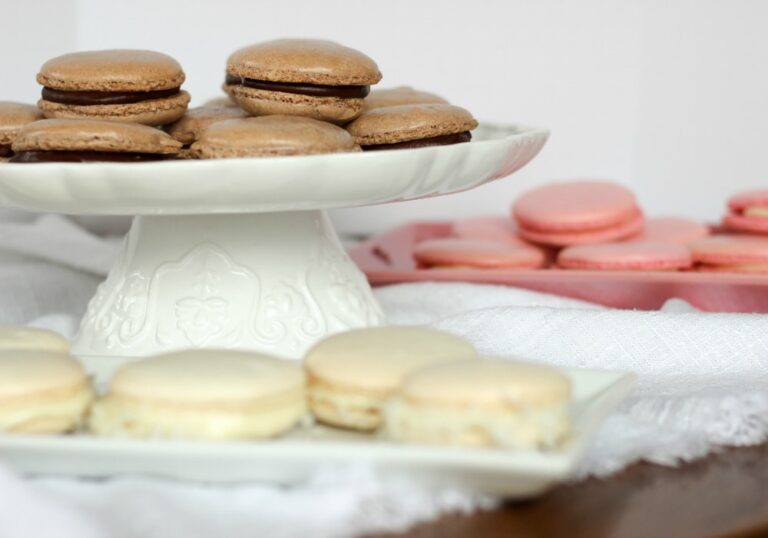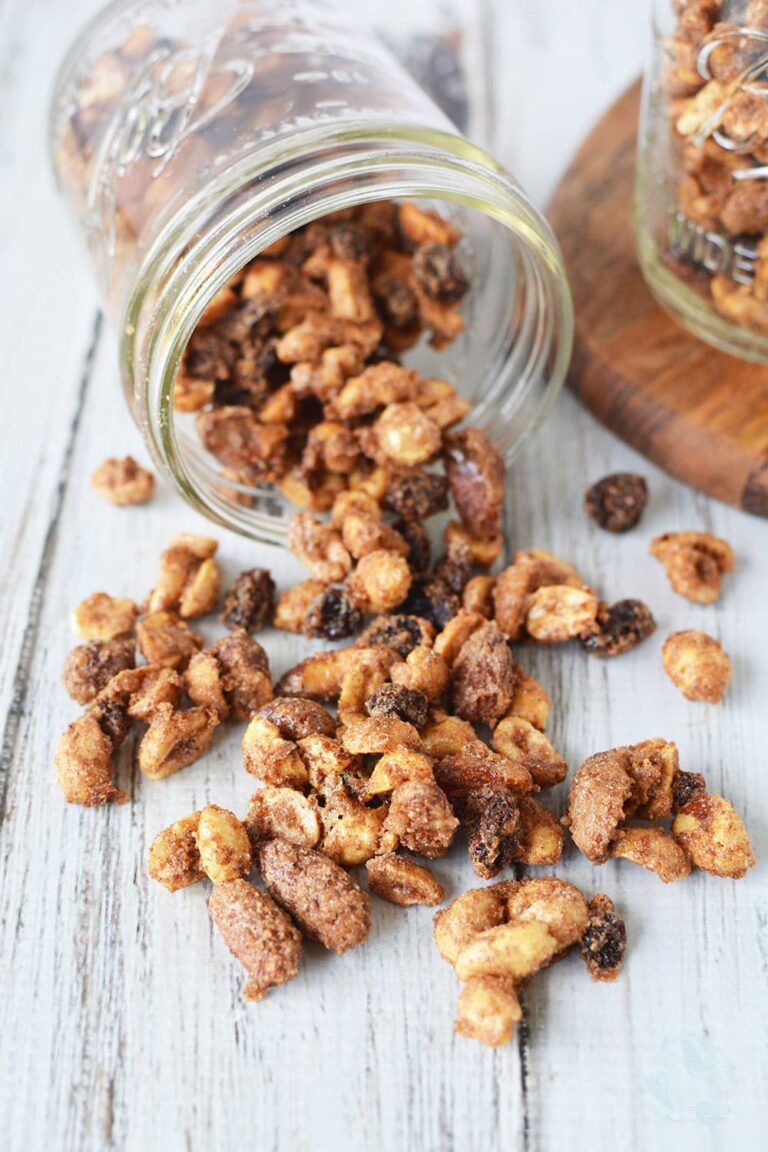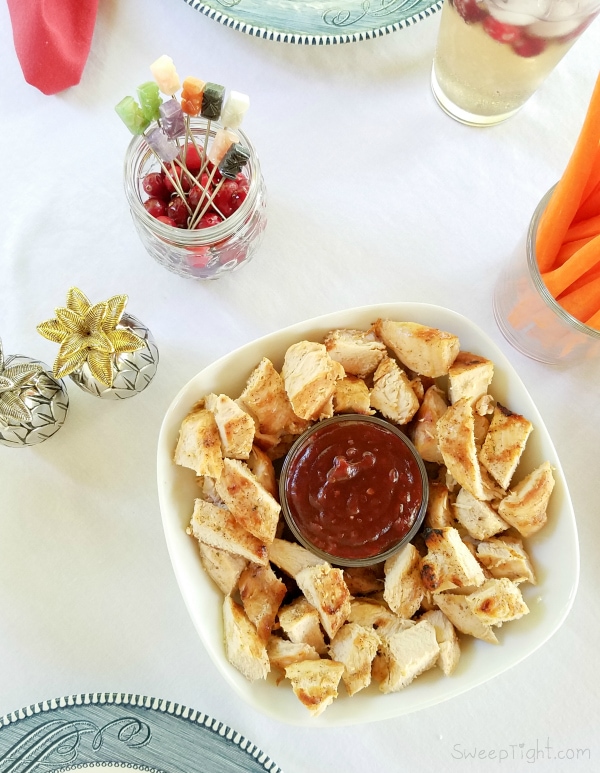12 Low-Cost Dinners Chefs Say Quietly Became Popular in the ’90s
Food in the 1990s wasn’t about flashy presentations or exotic ingredients. It was about comfort, convenience, and making ends meet during times when families juggled busy schedules and tight budgets. The decade’s most influential dishes departed from rigid Continental cooking in favor of globally inspired fare. There was simply more room on the table for hot sauces and spice blends, achaars and salsas, avocados and kiwis, and – of course – a glut of low-fat and processed foods.
The decade that gave us Food Network, Emeril, and Iron Chef showed us there was more to food TV than stand-and-stir cooking shows. And food lovers (not “foodies” just yet) were devouring a new genre of food writing, too. Let’s dive into the affordable dinner classics that quietly conquered American kitchens during this pivotal decade.
Tuna Noodle Casserole
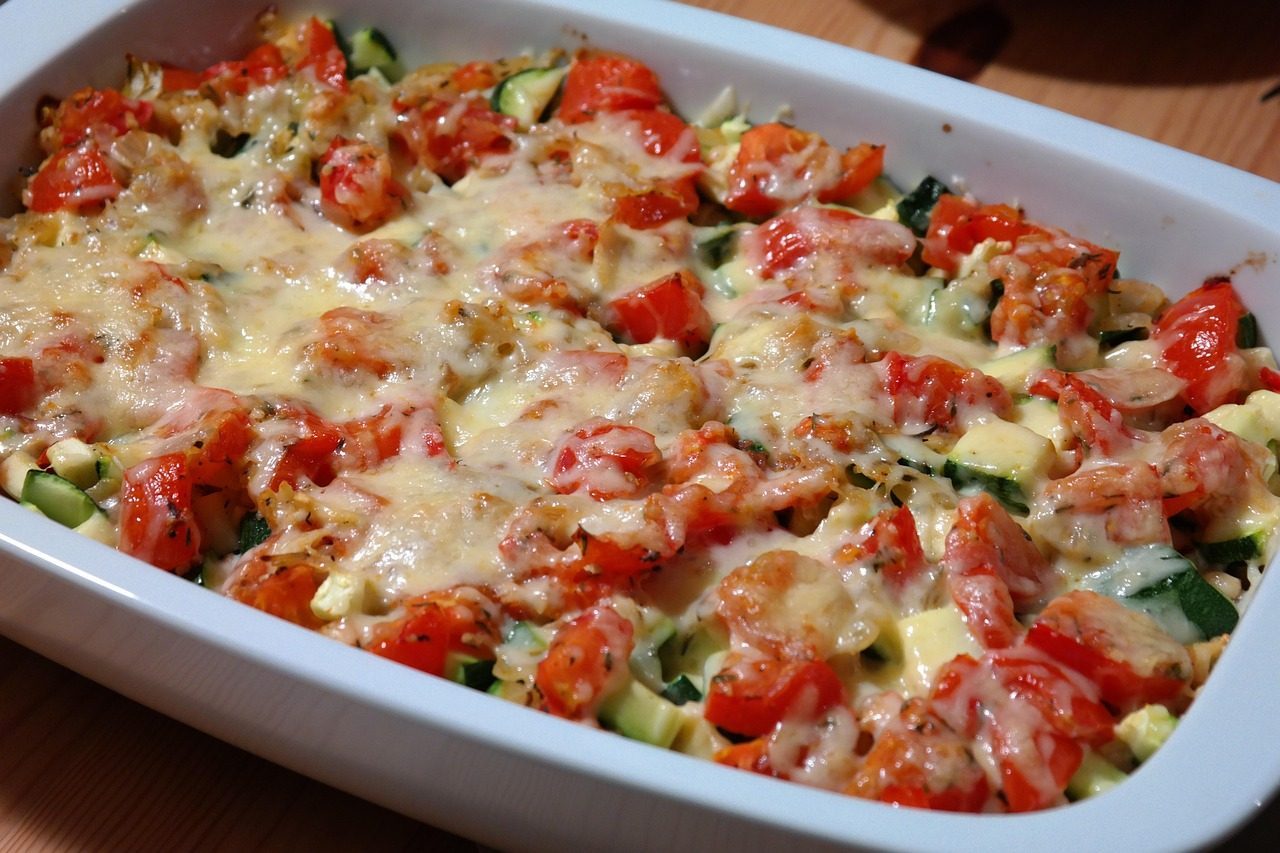
If you grew up anywhere near a church potluck, you know this one: Egg noodles, canned tuna, peas, and a can of condensed soup, baked under a crunchy topping of breadcrumbs or potato chips. It is not flashy, but it is reliable, and reliability is underrated.
Consider it a remnant of the casserole craze from the ’70s and ’80s, but ’90s kids surely had a tuna casserole in some form as part of the weekly dinner rotation. Love it or hate it, everyone cooked tuna casserole. The best ones were homemade and topped with breadcrumbs or crushed crackers for some texture, but the worst ones were made with Tuna Helper, Hamburger Helper’s evil twin sister.
Tuna, egg noodles, peas, and a “cream of something” soup – the casserole that built suburban childhoods. It’s protein, carbs, and nostalgia in one Pyrex. How they did it: stir a can of tuna and a can of condensed soup into cooked noodles with frozen peas; top with crushed chips or breadcrumbs; bake till bubbly.
Sun-Dried Tomato Pasta
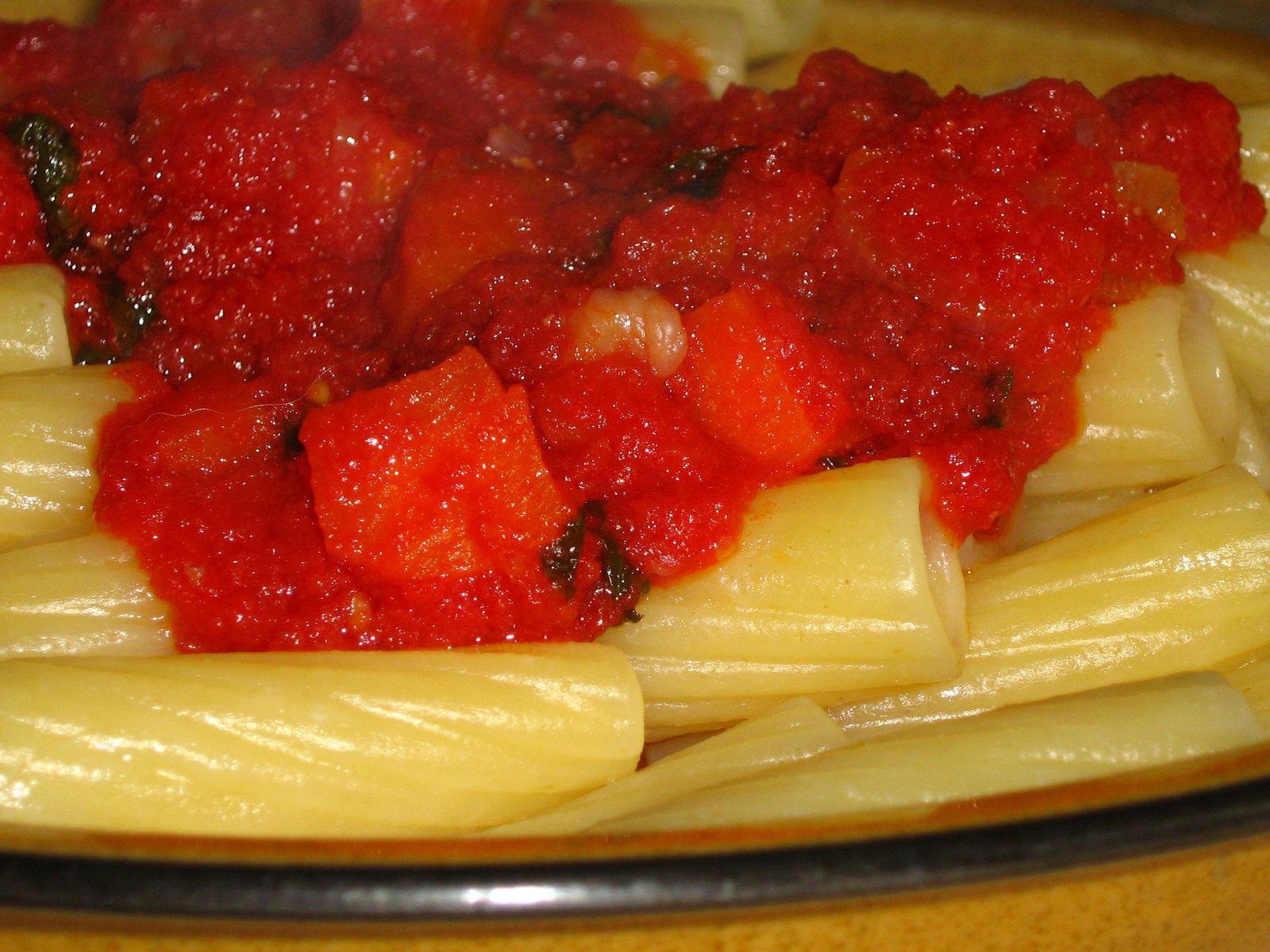
There was a boom in popularity of Mediterranean food in the 1990s, and with that came an explosive passion for sun-dried tomatoes. For better or for worse, no salad, pasta, or pizza went without a wrinkly, flavor-concentrated version of a tomato.
If you’re looking for an easy dinner (ready in under an hour!) for weeknights or date nights, this is the pasta dish you should turn to. The concentrated flavor of these preserved tomatoes made even simple pasta dishes feel sophisticated without breaking the budget. Sundried tomatoes on everything became the decade’s defining trend.
Home cooks discovered that a handful of sun-dried tomatoes could transform basic angel hair pasta into something that felt restaurant-worthy. The oil-packed versions added richness without requiring expensive cream sauces.
Chicken Cordon Bleu Casserole
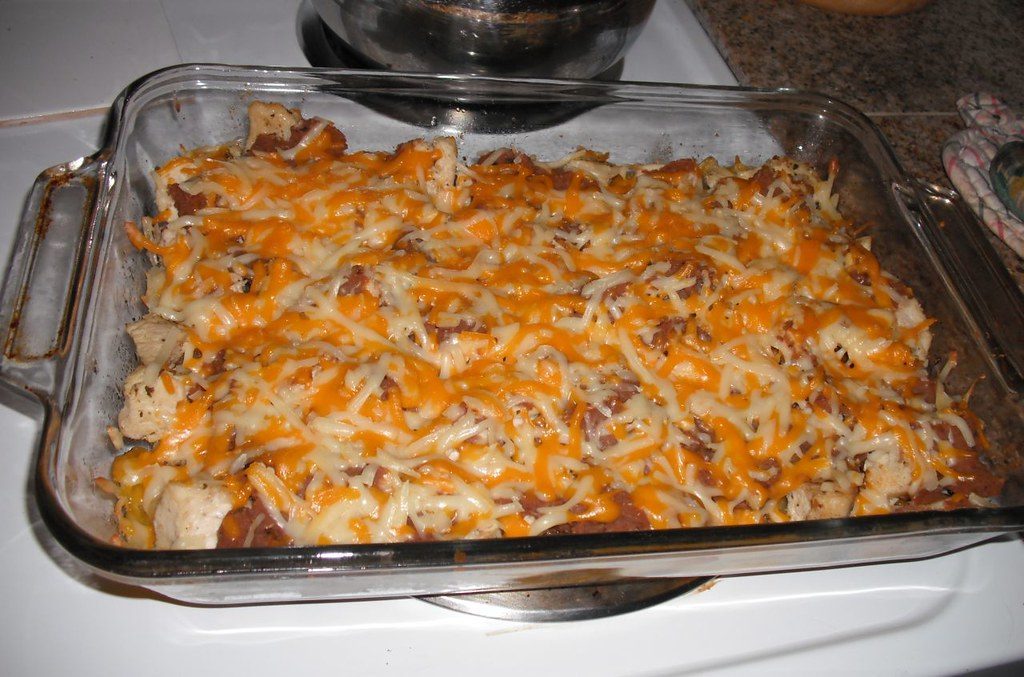
All the flavors you love in chicken cordon bleu are here in this cozy casserole. There’s ham, Swiss cheese, a hint of Dijon, and, of course, chicken, without any of the stuffing, dredging, and searing of the original. Instead, this effortless chicken casserole comes together all in the same pot – it’s comfort food taken to a whole new level.
Frozen, processed chicken entrees were a big hit in the ’90s, especially the cordon blue variety. They all had a spongy layer of chicken wrapped around a filling, and if you cut into them when they were still hot, everything oozed out.
The casserole version simplified this fancy-sounding dish into something families could actually manage on weeknight budgets. It delivered all the comfort of the original without requiring culinary school techniques.
Stuffed Crust Pizza
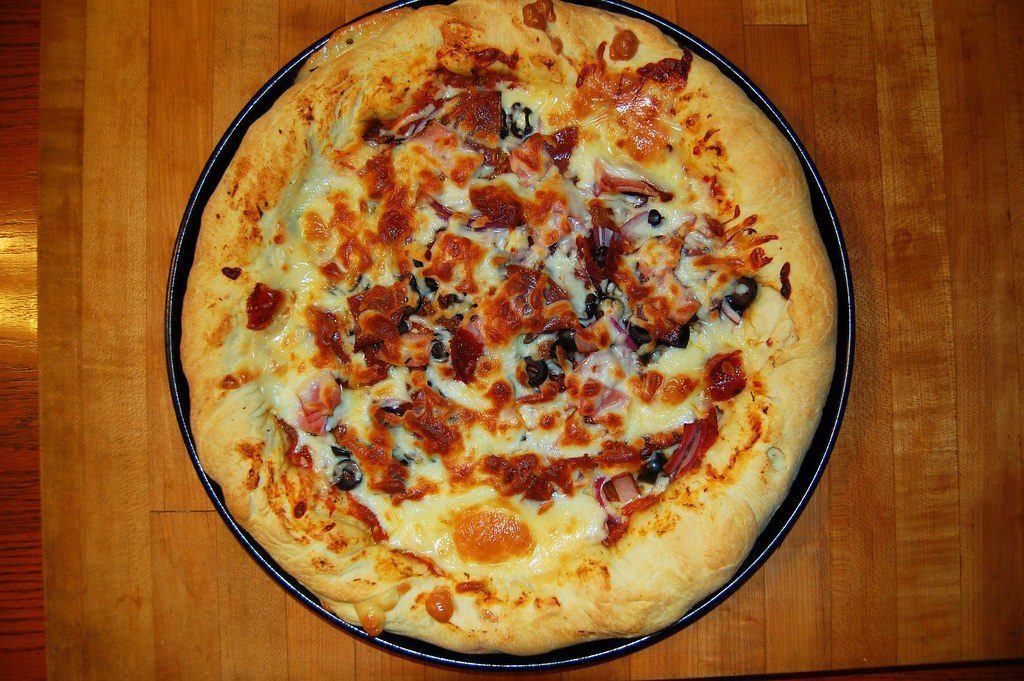
When Pizza Hut dropped the first-ever stuffed crust pizza in 1995, people went bananas. All of a sudden, the slice didn’t end at the crust; instead, it extended into cheese-filled bread heaven.
Pizza Hut’s buffet was a feast worthy of a king. All the pizza, salad, pasta, and soda (in those red plastic cups!) you could want for a pretty inexpensive price – which was especially important if you had hungry teenagers to feed. If you happened to visit in 1995 or later, you might have had stuffed crust pizza, a huge ’90s fad in its own right.
Home cooks began replicating this restaurant innovation, creating their own versions that stretched ingredients further while delivering maximum satisfaction. The concept proved that innovation didn’t always mean complexity.
Sloppy Joes
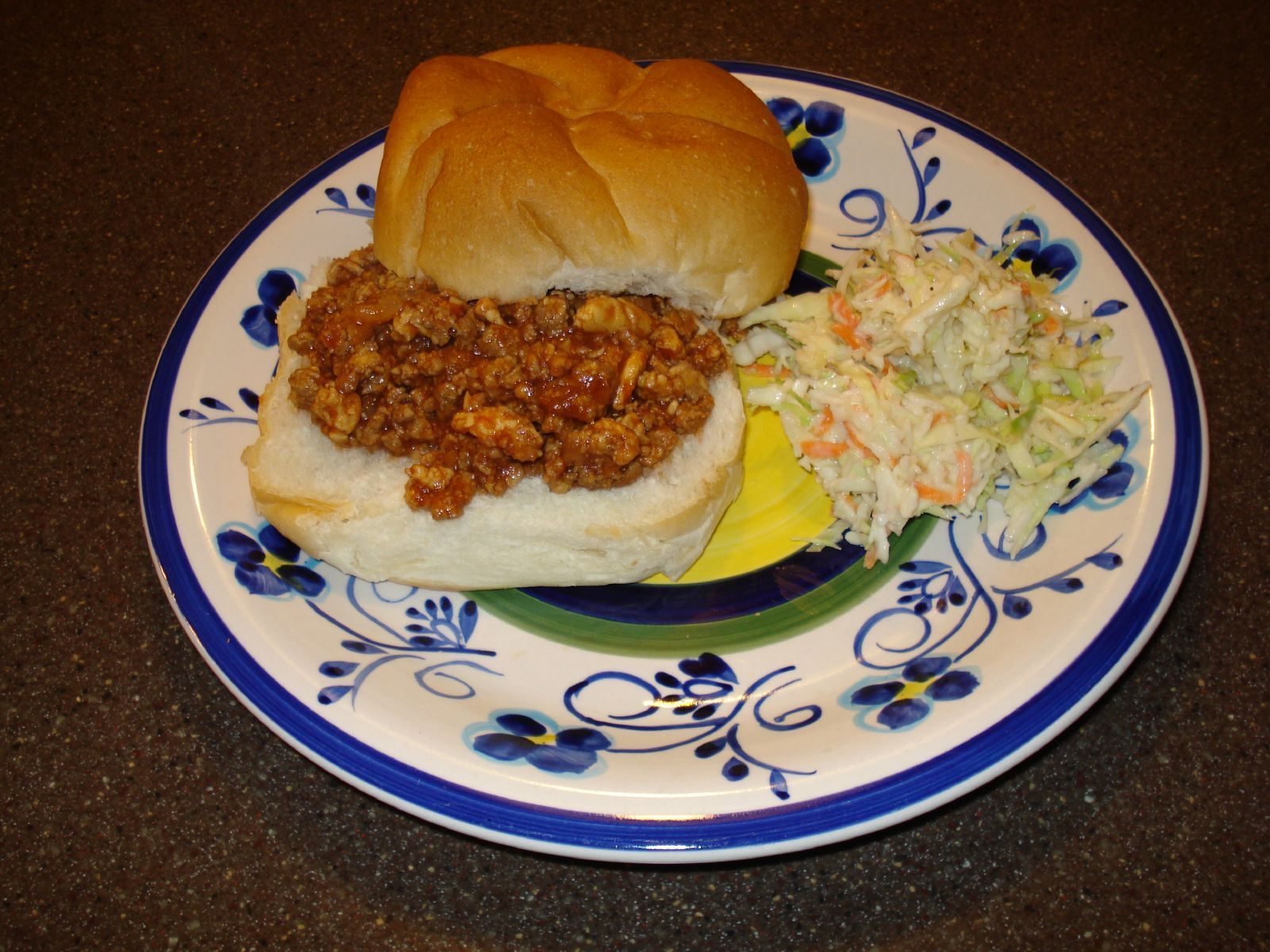
Brown the meat with onions, stir in tomato sauce, ketchup, a little mustard, maybe a dash of vinegar or Worcestershire, and spoon it onto soft buns. It is sweet, tangy, messy, and it feeds a crowd fast.
Moms were just as tired in the ’90s as they are today, making easy one-pan dinners like Sloppy Joes a weeknight must. No shame in the Manwich game, but if you want to level up, this recipe by RecipeTin Eats is what you’re looking for. You’ll taste the difference that the Worcestershire sauce and Dijon mustard add, but you’ll still only dirty one pan.
Convenience was king in the 1980s, and this saucy ground-beef sandwich fit the bill in spades. Though many cooks bought canned sloppy sauce, the homemade version doesn’t take much time to prepare. Plus, your family will thank you for the flavor upgrade.
Asian Chicken Salad
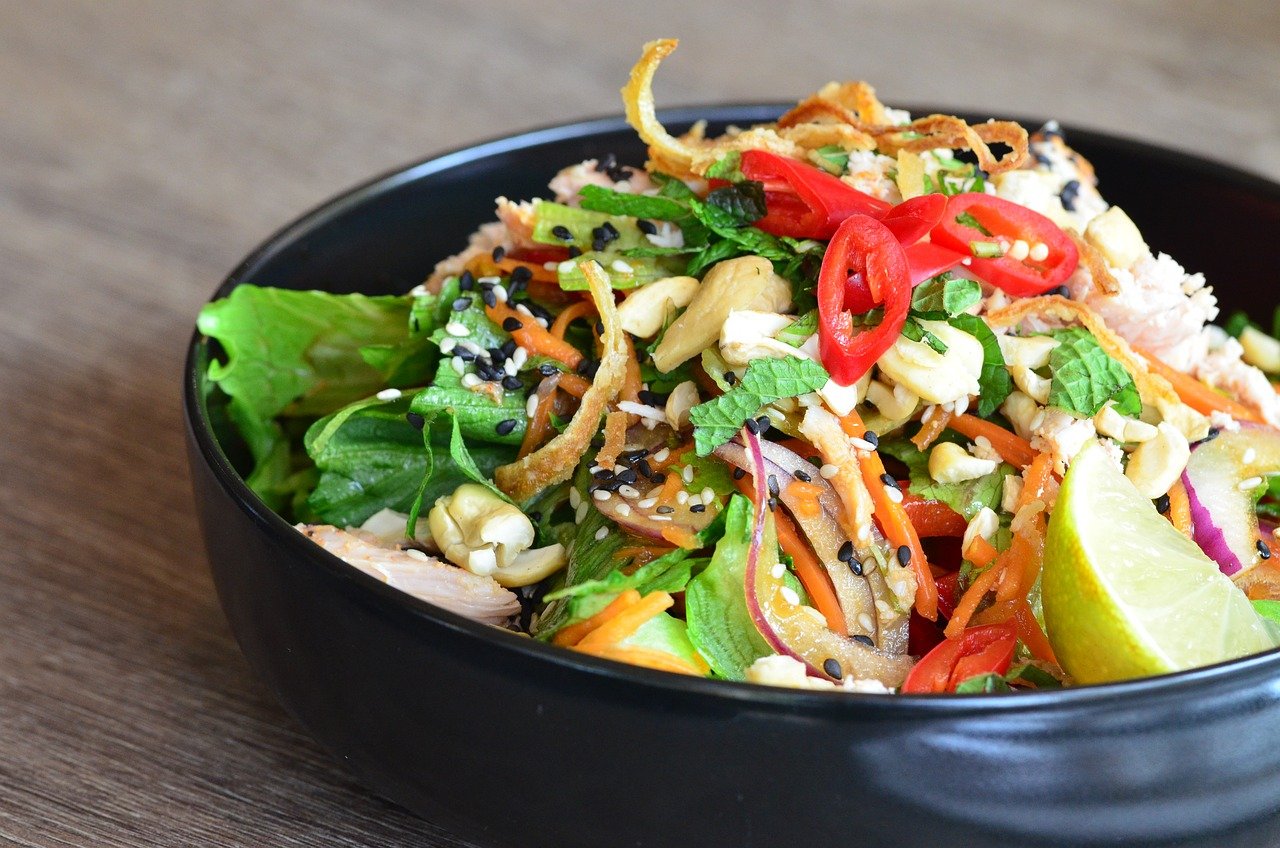
This decidedly not-Chinese salad was on the crest of the “Asian fusion” trend wave. It often featured chicken, cabbage, a sesame-flavored vinaigrette. Usually they were made with canned mandarin oranges and crunchy, uncooked ramen noodles that you bashed up into small pieces. Sometimes it was slaw-like, sometimes it was a main course salad with chicken. No matter what, it had tons of sesame dressing on it.
You know you felt fancy every time your family went to Sizzler. The salad bar was like an island made of crushed ice, keeping your favorite salad ingredients cold and crisp – all protected by a gold-plated sneeze guard. And if a shredded Asian salad like this classic version topped with crunchy noodles by RecipeTin Eats wasn’t on your plate, we might need the receipts to prove you were even there.
This dish perfectly captured the decade’s fascination with “exotic” flavors while remaining approachable and budget-friendly. The crunchy ramen noodles added texture without requiring expensive nuts or specialty ingredients.
French Bread Pizza
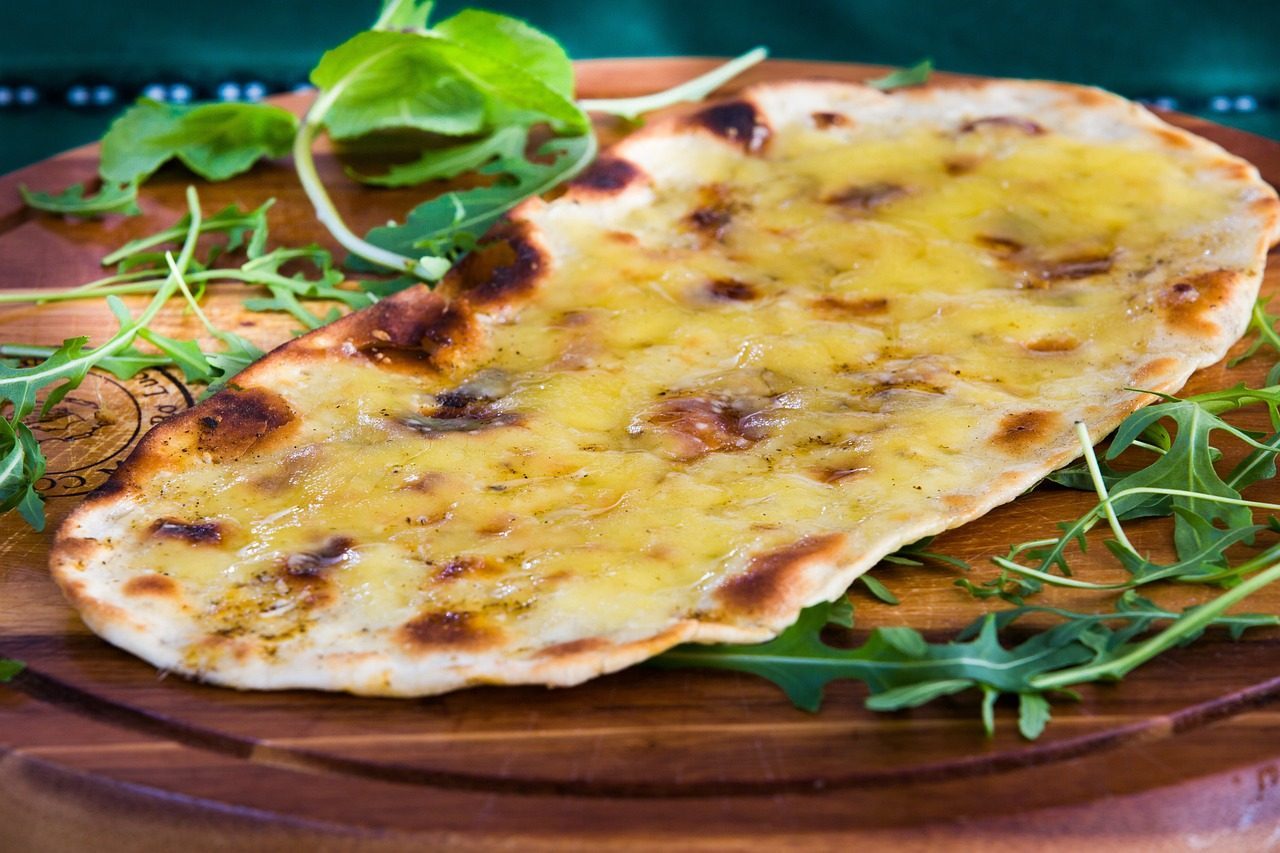
French bread pizza was in every 90s mom’s dinner rotation. And it was every 90s kid’s favorite. Diane Morrisey whipped up this garlic French bread pizza recipe that puts the Stouffers version to shame.
Some homes did French-bread pizzas, some unfurled dough from a tube like a magic trick. All homes had the rule: the one who burned it eats the burnt one with pride, then tries again. It was food and play and a lesson in iteration. Also: every burned edge tasted mysteriously good.
This dinner solution transformed leftover bread into something special, proving that creativity could stretch both budgets and ingredients. The simplicity made it perfect for kids to help prepare, turning dinner into a family activity.
Focaccia Bread
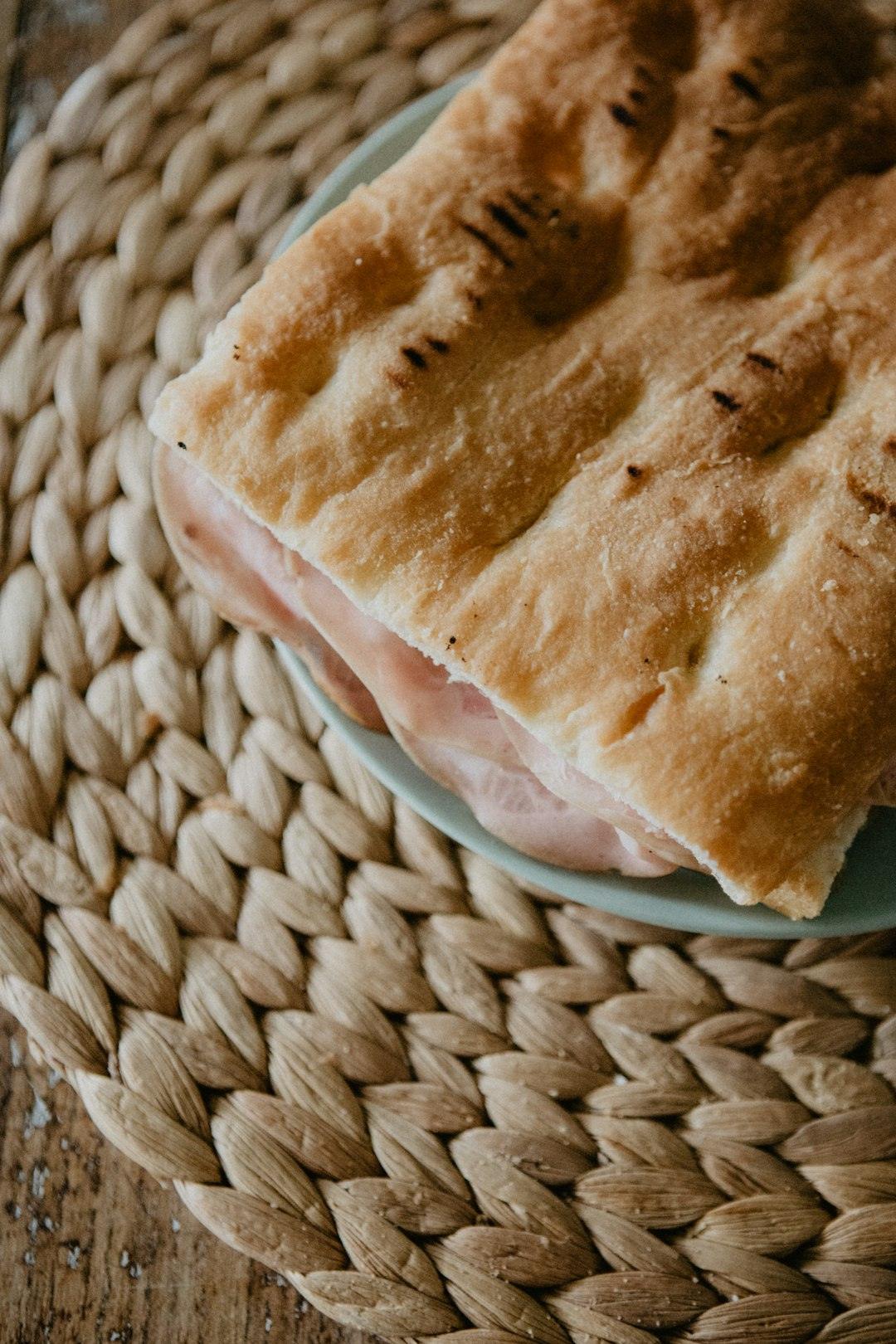
In a similar Italian-inspired vein, you would find focaccia in every restaurant bread basket. You can think of it as pizza dough that’s yeastier (and thus taller) with fewer toppings, and even though it had its heyday in the ’90s, it has existed in Italy for thousands of years. And yes, the chances of being served focaccia topped with sun-dried tomato were quite high.
A staple at every fancy ’90s dinner party. If you were lucky, your mom let you poke the holes in the dough with your fingers. For the record, focaccia is still so, so, so, good.
While technically bread, focaccia often served as the centerpiece of casual dinners when paired with simple salads or soups. Its versatility and relatively simple preparation made it an accessible way to bring Mediterranean flair to home kitchens.
Chicken Stir-Fry

A hot pan, a little oil, garlic if there, soy sauce always, and a bag of mixed vegetables that made weeknights feel internationally ambitious. Leftover chicken or tofu jumped in; ramen or rice caught the sauce. Sometimes there was ginger; sometimes there was ketchup, and nobody tattled. The point was speed and sizzle and the relief of seeing something colorful after a day of beige.
You learned to leave the vegetables alone so they’d actually brown, to whisk cornstarch with water before adding it, to call it “sauce” even when it was chaos. It was better than takeout because it belonged to you.
This dish represented the decade’s growing comfort with international flavors while remaining deeply practical. Frozen vegetable medleys made it affordable and convenient, perfect for busy families seeking something more exciting than traditional American fare.
Baked Ziti
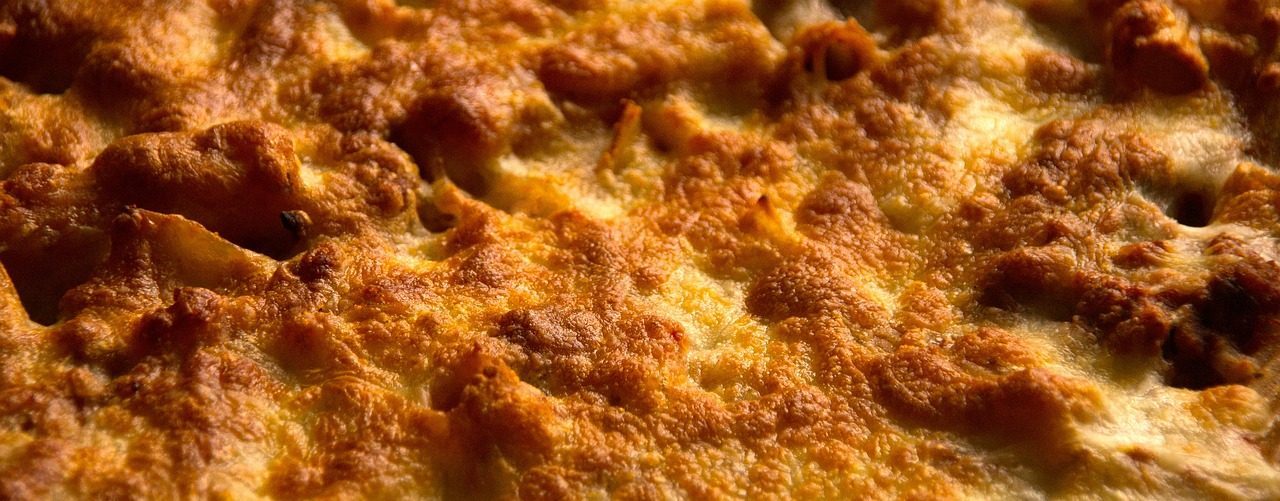
This Easy Baked Ziti recipe has layers of pasta, homemade red sauce with Italian sausage, and three types of melty cheese! This baked ziti is basically a freeform lasagna, which means all the coziness without the fuss of delicate noodles or perfect stacking.
Inspired by the Italian favorite, this ziti is the easiest casserole you’ll ever make. Stir the ingredients together, bake, and enjoy. You’ll get all the flavors of lasagna, with a fraction of the work!
Baked ziti is a cozy pasta dish that features layers of meat sauce, tender noodles and creamy ricotta cheese. This freezer-friendly recipe is perfect for feeding a crowd. It delivered all the comfort of more complex Italian dishes without requiring advanced cooking skills.
Chicken Pot Pie Casserole
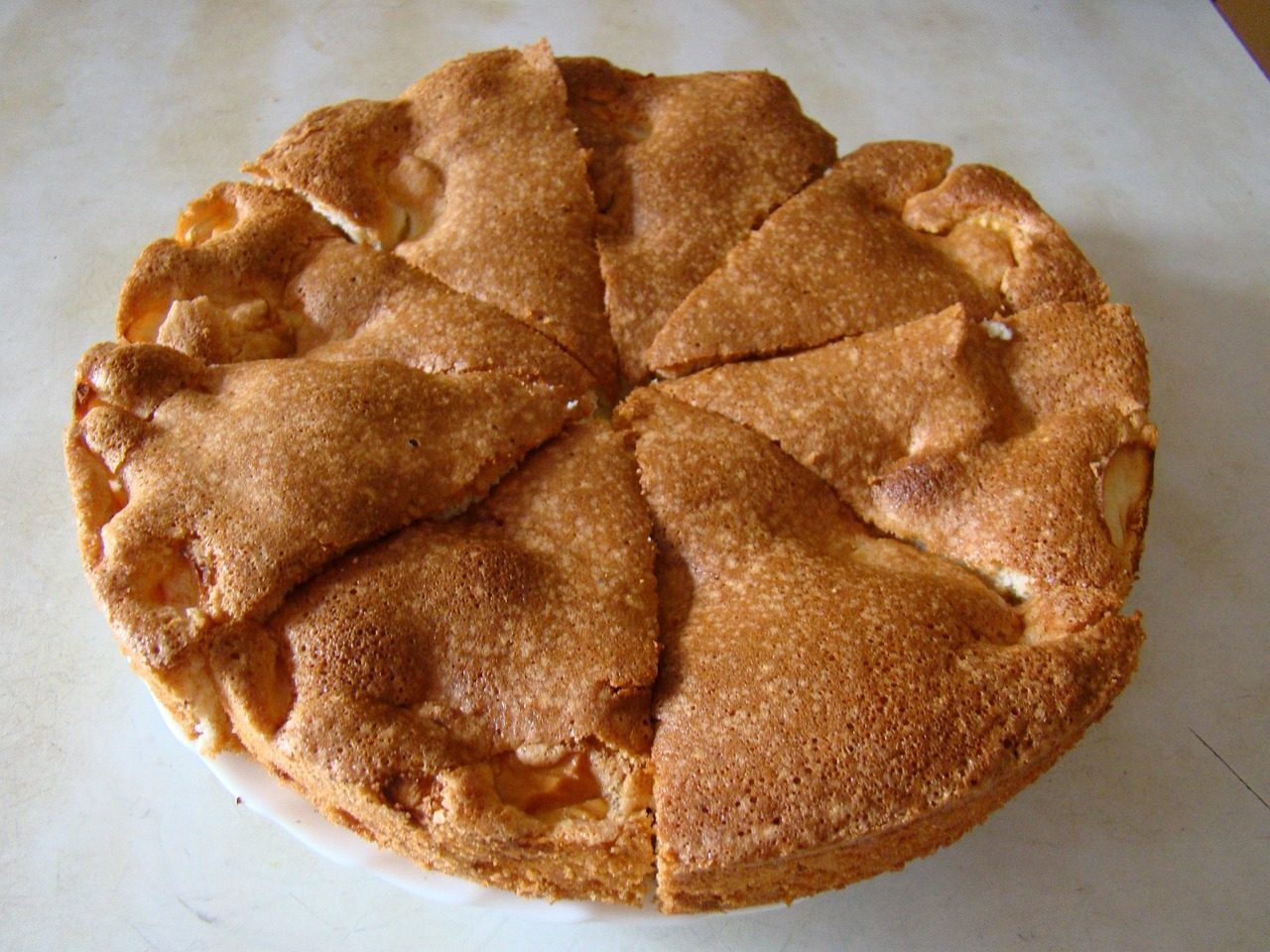
You know that steam cloud when you break the crust and the sauce bubbles up. Chicken pot pie was Sunday energy on a Tuesday budget. Leftover bird, frozen vegetables, a simple roux, and a pastry lid turned scraps into ceremony.
Chicken pot pies got smaller in the 1990s, shrinking down to individual meal size, and everyone loved them. They were best if you baked them, of course, but no one wanted to wait the millennia it took to cook them, so instead we popped them in the microwave and turned them into a delicious, soggy mess of a meal.
The casserole version eliminated the complexity of pastry-making while maintaining all the comforting elements families craved. It proved that convenience foods could inspire homemade versions that were both better and more economical.
Hamburger Helper Variations
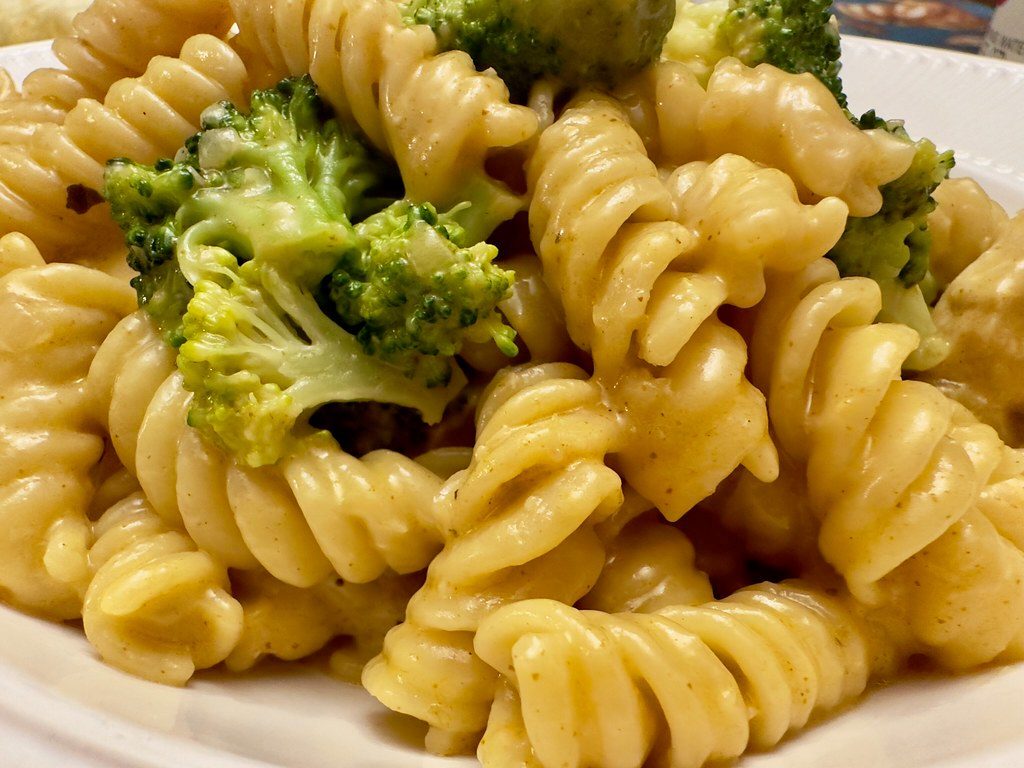
You can make the same one-pot magic from scratch, no mystery packet required: Start with ground beef or a plant-based crumble. Sear hard, then add onion and garlic. Stir in elbow macaroni, tomato paste, water or stock, and a spice mix you build yourself. Think paprika, oregano, a pinch of cayenne, and a little cornstarch for that iconic velvety sauce. As it simmers, the pasta releases starch and the whole pot thickens into something that eats like a hug.
Cheese at the end gives you the classic cheeseburger vibe. If you are dairy-free, whisk a spoonful of nutritional yeast into a splash of oat milk and stir it in off the heat. It adds body and a savory note without the cost of a mountain of cheese. This is the definition of efficient cooking: One pot means less cleanup, which lowers the friction to cook again tomorrow.
While the boxed versions dominated grocery shelves, many home cooks learned to recreate these one-pot wonders from scratch, discovering they could achieve better flavor and value with basic pantry staples.




